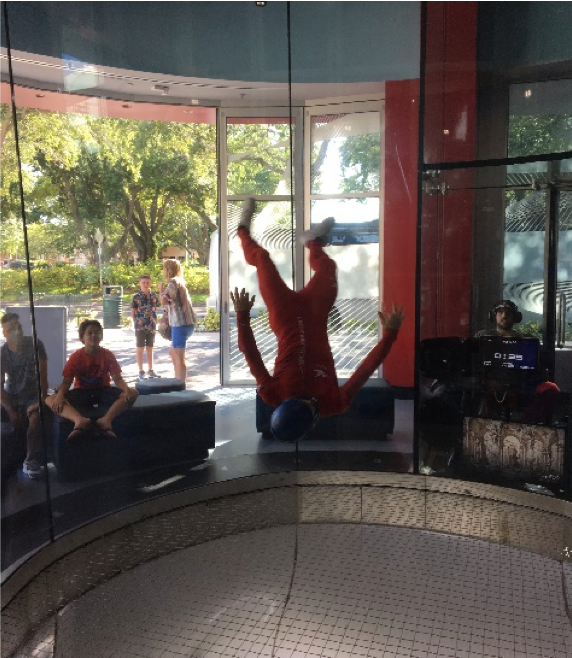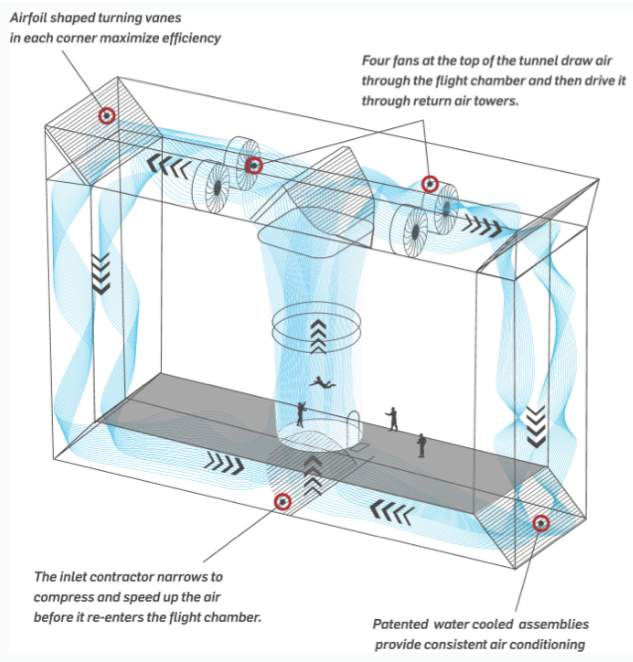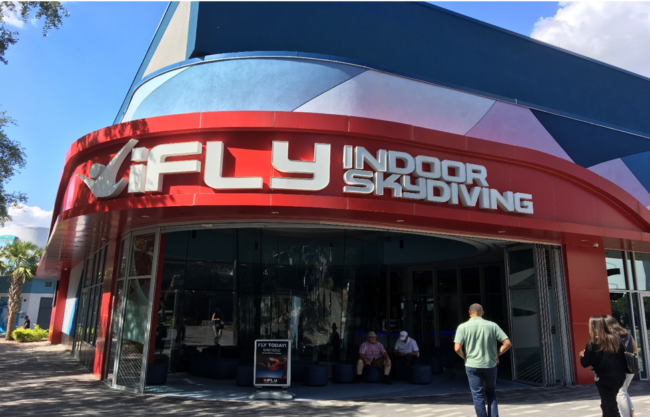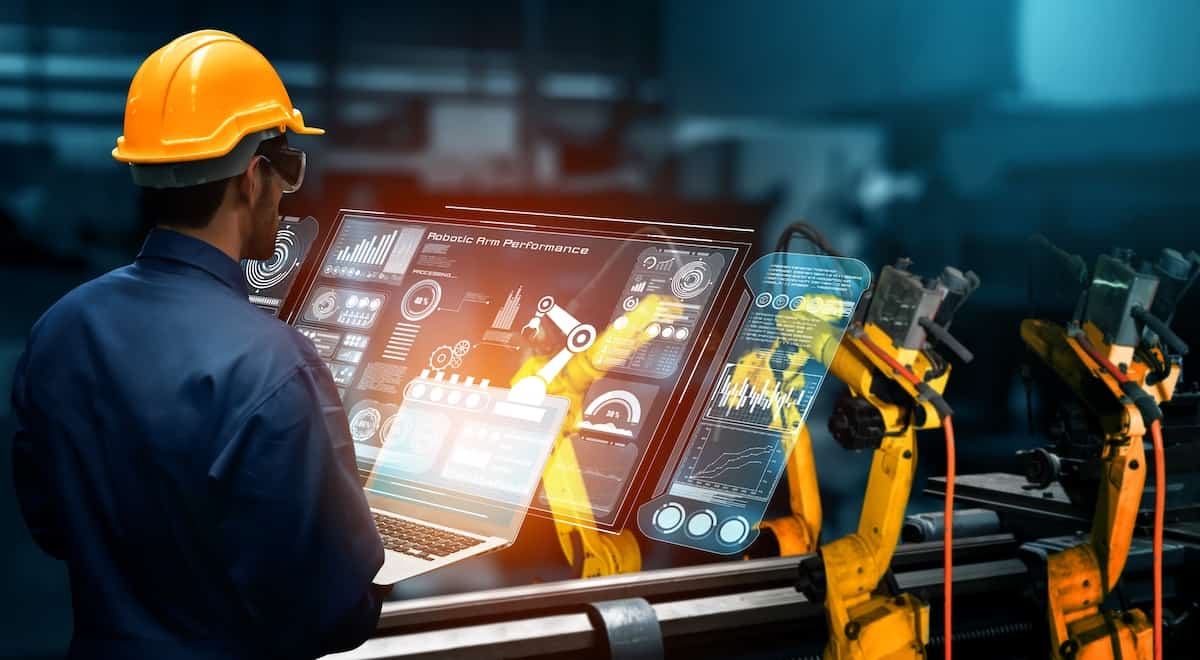Would you like to fly like Pan? Now you can!
To soar like Pan, Peter Pan that is, represents a childhood fantasy that has captivated the minds and desires of countless girls and boys (and I am quite sure a few adults). Whether it was the appeal of Neverland, Captain Marvel, Superman, Falcon, Ironman, Buzz Lightyear, or even Icarus; that inner desire of humans to personally defy the force of gravity and take to the sky is timeless. No disrespect to the accomplishments of Orville and Wilbur and the Airline industry, but modern-day air transportation doesn’t quite satisfy this need on a personal level. So, when I was given the opportunity to meet with the team at iFLY as a part of Siemens Spotlight on Innovation Influencer Tour, I jumped at the opportunity.

The concept of indoor flight, leveraging a wind tunnel is not a new one; however, the team at iFLY is pushing the technology envelope. The company is currently headquartered in Austin, TX but they got their start in Orlando where Alan Metni opened their first facility in 1998 at the corner of Universal and International drive, just down the street from their current flight center. Over the following two decades, the business: expanded into 37 locations across the U.S.; 42 locations internationally; and created the sport of indoor flying. The early technology that the team leveraged back in the late 90s although enabling, was not going to offer the, control and scalability that Alan and the team needed to take their business to the next level. Realizing this, they embarked on a mission to find the right technology partner; enter Siemens.
iFLY’s first wind tunnel designs were open to atmosphere, single pass technology (i.e. they drew in air from outside using single speed fans equipped with hydraulic pitch air blades to push air through the tunnel before exhausting back to the environment). In late 2012, iFLY engaged with Siemens to help design the next generation of flying experience and drive expansion. Over the following years Siemens worked with iFLY to create, refine, and optimize the tunnel design to a closed-loop Venturi, which is now standardized across all locations. To this day, the technology team at Siemens team plays an integral role in new facility design, engineering, and construction.

iFLY’s current wind tunnel design incorporates an inlet contractor that bottlenecks the air at the bottom entry point. This increases the air velocity in the vertical flight chamber. A diffuser at the top of the flight chamber splits the airflow before feeding it through the 4 (two per side) fans powered by Siemens variable frequency drives (VFDs). The tunnel also incorporates a water-cooling system at the bottom returns of the tunnel, which are controlled by Siemens Controls Technology to ensure the flight atmosphere does not get exceedingly hot. Even with this addition, iFLY’s generation 9 design is significantly more efficient than the single pass designs of yesteryear. Numerous sensor arrays monitoring: temperature, humidity, electrical consumption, wind speed, and several other design variables, are located throughout the system.
The Orlando facility is one of only two sites that have two 12’ diameter wind tunnels onsite. Currently, the largest generation 9 tunnel is 16’ in diameter. You will need to make your way to the facilities in Singapore and North Carolina to fly in these wind tunnels. If you are looking for something a little more spacious to test your wings, you will only have to hold out until 2020’ for the 32’ diameter; 112’ tall; 8 fan facility to finish construction in Abu Dhabi.
What will next generation of iFLY systems incorporate? Remote monitoring and operation from the team at iFLY and Siemens? Adaptive operation and control to monitor flyer position in near real time to ensure terminal velocity? AI algorithms that adaptively monitor, learn and calculate flyer cross sectional geometry? Larger scale systems…? These are just some of the ideas and concepts I had the opportunity to discuss with the team at iFLY Orlando. Although they would not divulge what the next generation of wind tunnels will incorporate rest assured, they are not sitting back on their laurels, as the opportunities that present themselves through the Industrial IOT are real. Whether the data they are now generating is used to drive design improvement, operational efficiency, or truly revolutionary breakthroughs in indoor flight, IIoT will only broaden iFLY’s ability to give just about anyone the opportunity to take a trip to Neverland, or if they so choose; to infinity and beyond.
This article was written by Greg Orloff, CBDO, IIoT World. The post is sponsored by Siemens USA.



